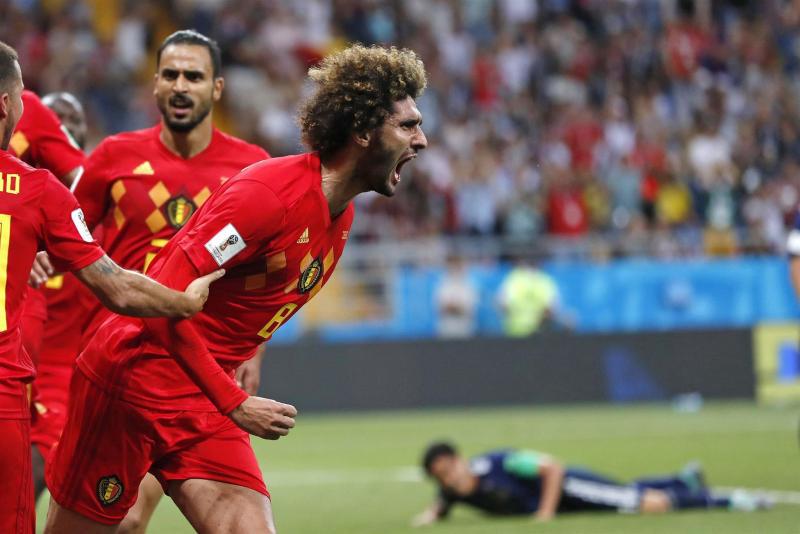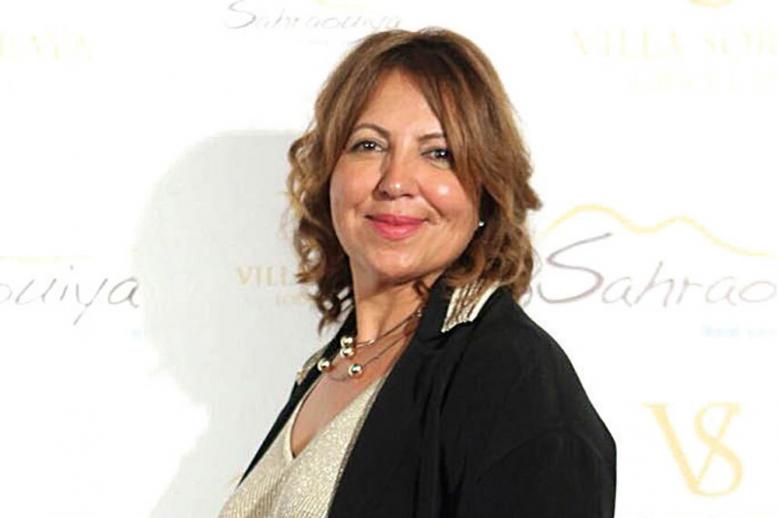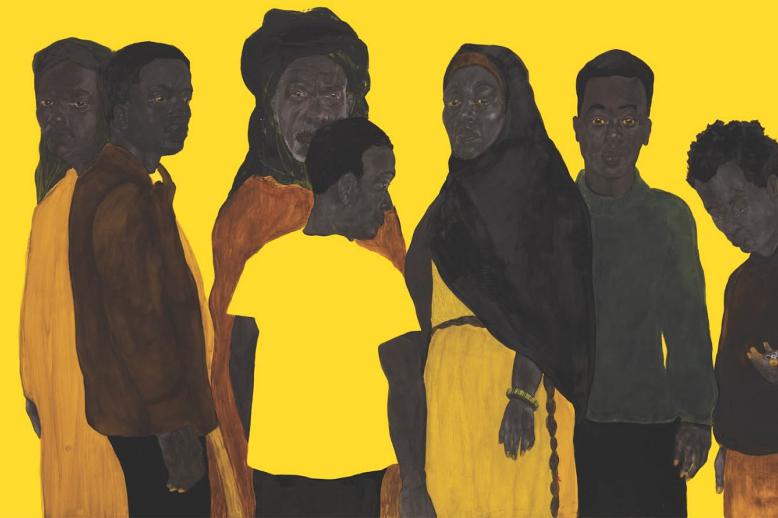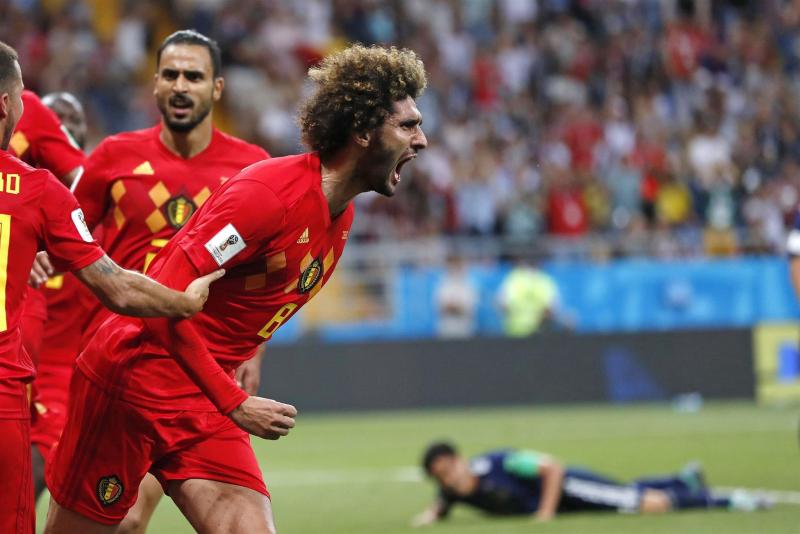World Cup highlights positives of integration in Europe
LONDON - As the World Cup continues, migration and integration remain hot-button issues across Europe. However, nowhere are the vagaries — positive and negative — of migration and integration better showcased than in football and the highs and lows of the world’s most widely viewed sporting event.
A trend has seen European teams with the most ethnically diverse squads — Belgium, France, England and Switzerland — progress into the latter stages of the competition. For the most part, countries that failed to take advantage of vibrant immigrant communities have fallen behind rivals that have.
Belgium, a dark-horse contender to win the tournament, has progressively increased the number of non-Belgians on its squad. In 2002, there were two non-ethnic Belgians on the World Cup team. At its next World Cup appearance, in 2014, there were nine non-ethnic Belgians. That number is 11 in 2018.
While most of these players — such as midfielder Marouane Fellaini or defender Vincent Kompany — are second-generation immigrants born in Belgium, what is clear is that the idea of nationality among modern footballers has become much more fluid.
Belgium secured maximum points from its qualification group thanks to a 1-0 victory over England courtesy of a brilliant goal from winger Adnan Januzai. Januzai, who was born in Brussels to a Kosovar-Albanian family, could have chosen to play for one of five countries — Belgium through his birth, Albania or Serbia through his parents, Turkey through his grandparents or England after having lived there for five years.
The Red Devils’ tense round-of-16 victory over Japan carried a distinctly Moroccan flavour with goals from Fellaini and winger Nacer Chadli, both of whom were born in Belgium to Moroccan parents. Chadli, a dual citizen of Morocco and Belgium, had played for the Moroccan national team in 2010 before choosing to represent the country of his birth.
“Belgium needs to thank Morocco for these goals,” tweeted one Moroccan fan after the match. “I don’t care what anyone says, Belgium won because of Morocco,” tweeted another.
Morocco was qualified for the World Cup but failed to advance from a tough group that included Spain, Portugal and Iran. Morocco’s squad represents the reverse trend with 17 of the 23 players being born outside of the country, mostly in the Netherlands, France and Belgium. This was also the case for Tunisia, as 11 of the squad were born in Europe, mostly in France and the Netherlands.
As Belgium fans, whether Flemish, Walloon or second-generation immigrants from North Africa, come together to support their national team, it is clear that this openness and togetherness are something unique to football.
A few days before an ethnically diverse Belgium team beat Japan to secure a quarterfinals spot against Brazil, Belgium’s right-wing Immigration Minister Theo Francken called on Europe to take a tough Australia-style line on migration.
“If nobody wants to take the migrants, we will have to set up a refugee camp in North Africa,” he told Italian daily il Giornale, ignoring the fact that the parents of half the Belgium team would likely have ended up in such a camp in the past.
Football often shows the positives of migration and integration, with this ultimately failing to find similar support on a wider societal level.
France, for example, has probably the most racially diverse team at the World Cup, with more than three-quarters of the roster (18 players) coming from the country’s varied community of immigrants. While France’s fans of all backgrounds can unite in support of the national team, nobody who has visited Paris’s immigrant banlieues can argue that unity and integration go beyond football.
A leaked recording of French coach Laurent Blanc in 2011 caused controversy when it revealed that he was in favour of limiting the number of places at national soccer academies for players with dual citizenship.
“I don’t mean that in a racist way or anything,” he said. “When these guys wear our national team jersey from 16, 18 all the way to under 21 before leaving for African or North African teams, it bothers me greatly.”
However, that is a sword that cuts both ways. Switzerland, with a population of just more than 8 million, made it into the knock-out round of the World Cup thanks largely to its ability and willingness to draw on its immigrant community.
Fourteen of Switzerland’s teams of 23 are “secondos” — a term used by the Swiss to denote second-generation immigrants. However, it is clear that not all immigrants leave their heritage behind when they put on the shirt of their birth country.
Two of Switzerland’s best players — Xherdan Shaqiri, who was born in Kosovo, and Granit Xhaka, whose parents are ethnic Albanian — stoked controversy during the World Cup by celebrating goals against Serbia by making a “double-eagle” hand gesture — a tribute to the two-headed eagle on the Albanian flag.
Mahmud el-Shafey is an Arab Weekly correspondent in London. You can follow him on twitter @mahmudelshafey
This article was originally published in The Arab Weekly.






